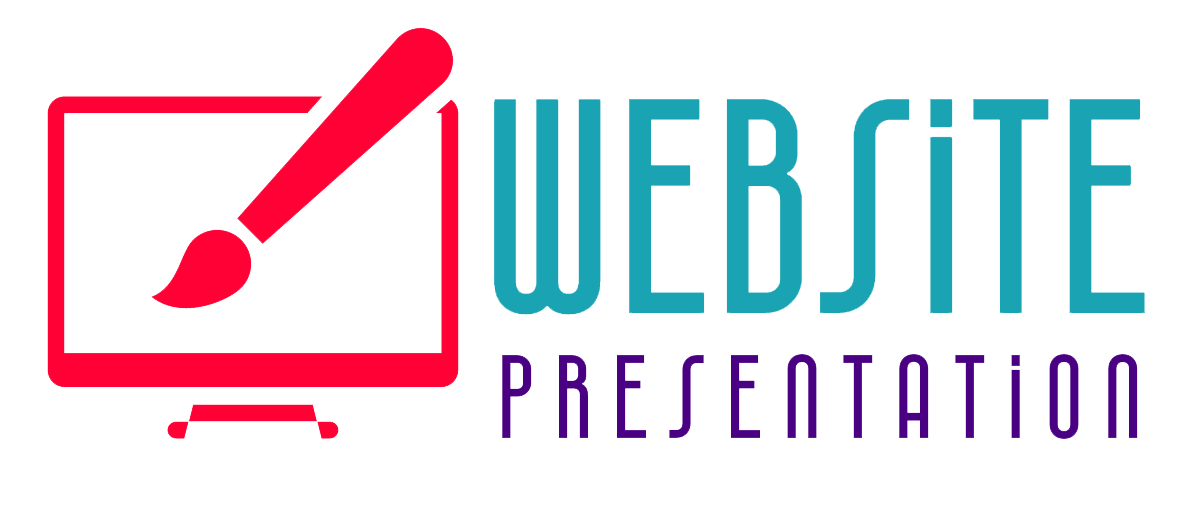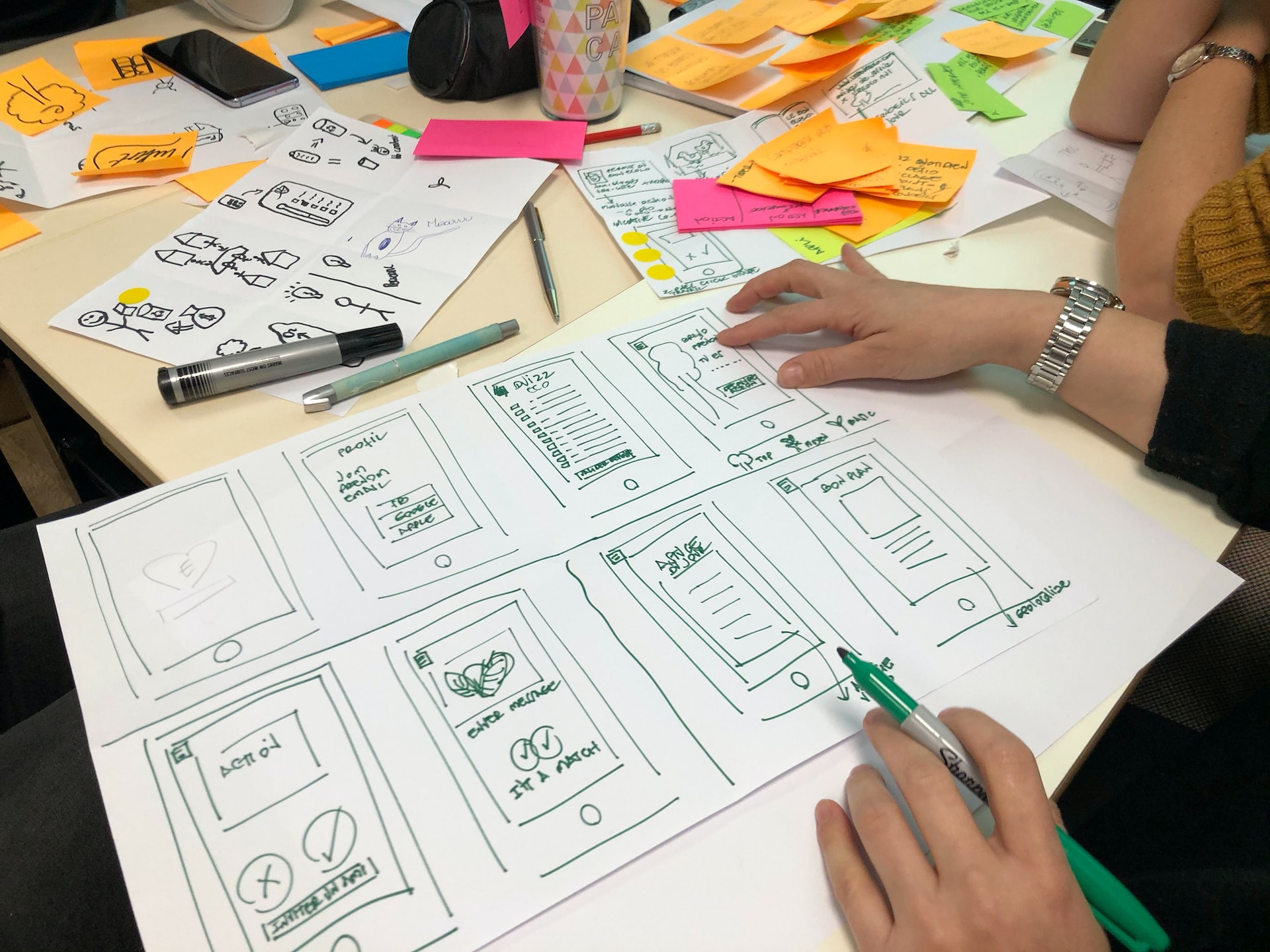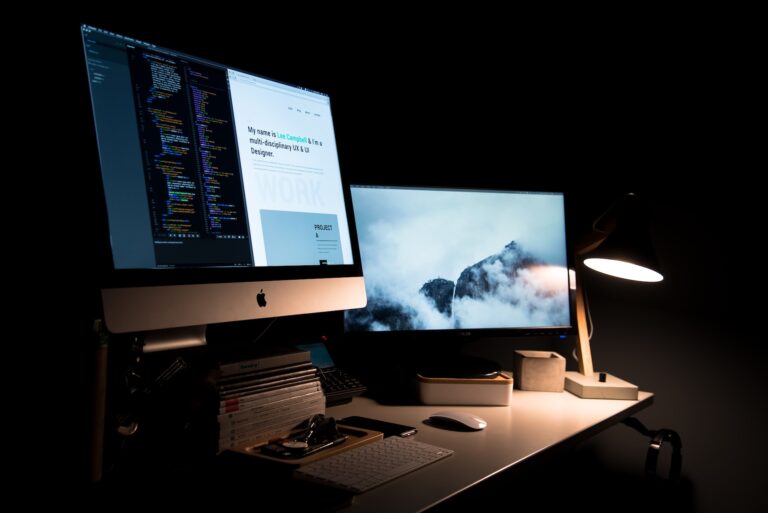In the online world, website design is the first interaction potential clients or customers have with a brand. Hence, attractive website layouts are crucial as they can significantly enhance user experience and encourage repeat visits. It sets the stage for user’s judgment on credibility and trustworthiness of your digital presence. Website aesthetics can significantly influence visitor perceptions, engagement and conversions. Hence, investing in a visually appealing website layout is a must.
1. Balance and Symmetry
Achieving balance and symmetry in website layouts is crucial for creating visually appealing designs. To achieve balance, distribute elements evenly across the page, considering factors like color, size, and space. This helps create a sense of stability and harmony. Symmetry involves mirroring elements on opposite sides of the layout. This can be achieved by aligning elements along a central axis, creating a pleasing and organized appearance. By incorporating balance and symmetry into your website layout, you can create an aesthetically pleasing design that not only appeals to users but also enhances their overall browsing experience. Having a balanced and symmetrical design gives you:
- Visual Harmony: A balanced layout creates visual harmony and helps users navigate effortlessly through your website.
- Improved User Experience: Symmetry in design enhances user experience by offering a predictable and comfortable browsing experience.
- A Professional and Polished Look: Balanced and symmetrical layouts give a professional and polished look to your website, making it appear well-designed and visually pleasing.
- The User’s Attention: A visually balanced layout captivates users’ attention, drawing them to essential elements and providing an excellent first impression.
2. Color, Typography, and Contrast
When creating a visually appealing website layout, selecting the right color scheme is essential. On the other hand, typography should not only be visually appealing but also serve its functional purpose of effectively conveying information to your website visitors. Contrast is another crucial element to add visual impact to your design. By carefully selecting colors and typography while creating contrast in your website layout, you can create a visually appealing design that captures users’ attention and enhances their overall experience.
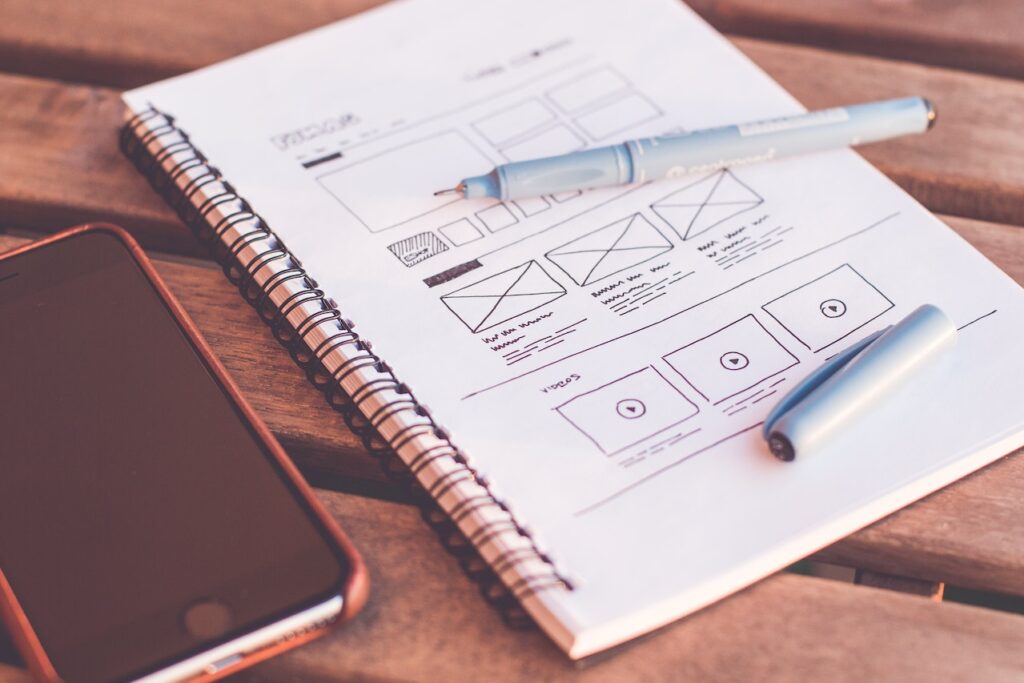
3. Images and Graphics
Incorporating high-quality images and graphics plays a crucial role in capturing the attention of visitors and enhancing the overall visual appeal of the website. Here are some tips on how to effectively use images and graphics in your website layout:
- Use High-Resolution Images: High-quality images are essential for creating a professional and visually appealing website. Invest in high-resolution photographs or illustrations that accurately represent your brand or the content of your website.
- Optimize Image Sizes: Large image files can slow down your website’s loading speed, negatively impacting user experience. Optimize your images by compressing them without sacrificing image quality. This will ensure that your website loads quickly and smoothly.
- Use Relevant and Engaging Visuals: Choose images and graphics that are relevant to your content and resonate with your target audience. Utilize visuals that tell a story, evoke emotions, or communicate your message effectively.
- Incorporate Infographics and Charts: Infographics and charts are a great way to present data or complex information in a visually appealing and easy-to-understand format. They can enhance the visual interest of your website and help users digest information more efficiently.
- Create a Consistent Visual Style: Maintain a consistent visual style throughout your website, including the use of images and graphics. This will create a cohesive and professional look, enhancing the overall user experience.
- Optimize for Mobile Devices: With the increasing use of mobile devices, it is crucial to ensure that your images and graphics are optimized for different screen sizes. Test your website on various devices to ensure that the visual elements are displayed correctly and maintain their impact.
4. White Space
White space, also known as negative space, is the blank space between elements on a webpage. It plays a vital role in creating visually appealing website layouts by providing breathing room and enhancing the overall user experience. Here are the benefits of effectively utilizing white space in website designs:
- Improved Readability: By incorporating white space around text and images, you can improve readability and ensure that the content is easy to consume.
- Visual Hierarchy: White space can be used to create a visual hierarchy by guiding the user’s eye towards important elements on the page.
- Clean and Minimalist Design: Utilizing ample white space gives your website a clean and minimalist look, which is often associated with modern and sophisticated design.
- Focused Attention: By allowing elements to breathe, white space helps to draw attention to specific elements, such as call-to-action buttons or important headlines.
- Enhanced User Experience: White space creates a sense of openness and clarity, allowing users to navigate the website easily and find the information they need.
- Mobile-Friendly Design: With the increasing popularity of mobile devices, white space is particularly important in creating responsive and mobile-friendly designs. It ensures that the site remains readable and navigable on smaller screens.
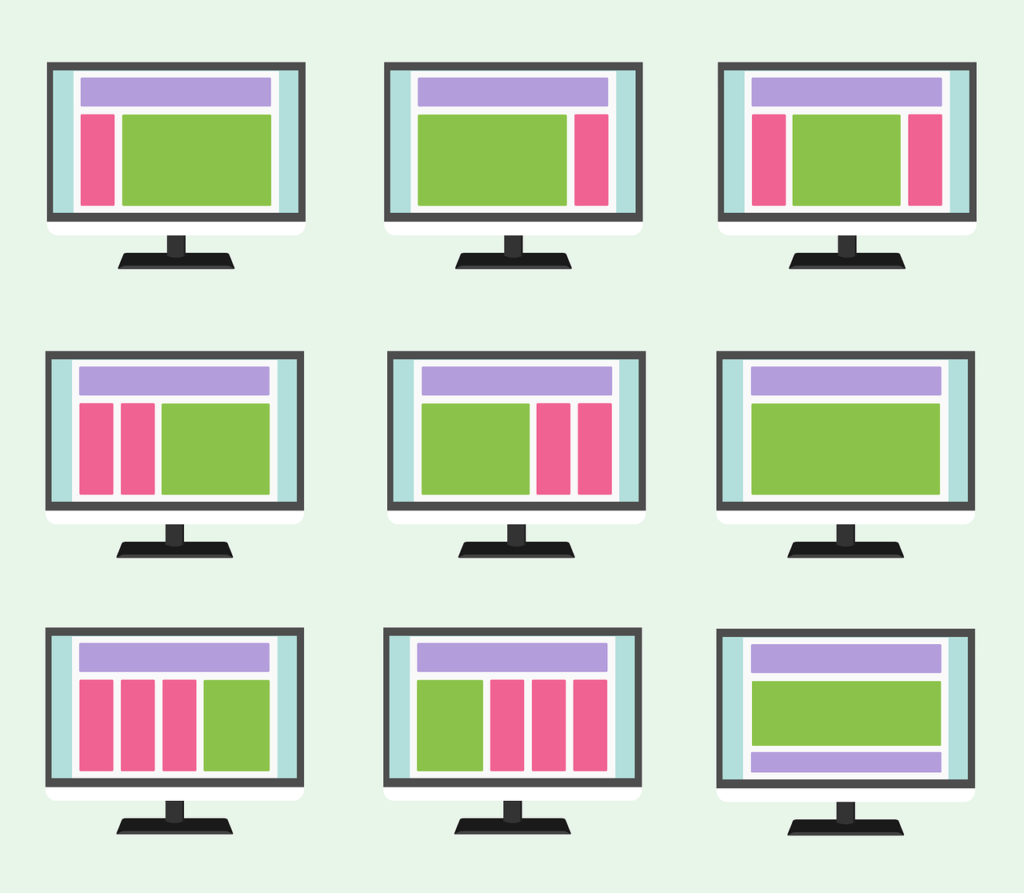
5. Grid and Alignment
Implementing a grid system is key to creating a visually appealing website layout. Grids help organize the elements on a page, ensuring consistency and balance. They provide structure and make it easier for users to navigate through the site. By dividing the layout into columns and rows, designers can align elements and create a harmonious composition. Grid systems also make it easier to create responsive designs that adapt well to different screen sizes.
Proper alignment is crucial for a polished and professional website design. Aligning elements, such as text, images, and buttons, creates a sense of order and coherence. Aligning elements helps guide the user’s eye and makes the design more visually pleasing. It is important to pay attention to both vertical and horizontal alignment to ensure everything is properly arranged. Consistent alignment throughout the website will help create a cohesive and aesthetically pleasing user experience.
6. Interaction and Animation
In order to create a visually appealing website layout, it is important to incorporate interactive elements and subtle animations. By incorporating these interactive elements and subtle animations, website layouts can become visually appealing and more engaging for users. These features help capture attention, create a memorable user experience, and effectively convey information. Here are some examples:
- Call-to-Action Buttons: Use visually striking and eye-catching buttons to encourage users to take action, such as signing up for a newsletter or making a purchase.
- Hover Effects: Apply subtle animations when users hover over elements, such as images or buttons, to provide feedback and create a more interactive experience.
- Scroll-Triggered Animations: Add animations that are triggered as users scroll through the website, creating a dynamic and visually captivating effect.
- Parallax Scrolling: Implement parallax scrolling to give the illusion of depth and movement, adding visual interest and creating an immersive experience.
- Sliders and Carousels: Incorporate sliders or carousels to showcase multiple images or content in a visually appealing and interactive way.
- Videos and Background Videos: Use videos or background videos to engage users and provide additional visual content. This can be particularly effective for storytelling or showcasing products or services.
Conclusion
A well-designed website not only captures the attention of visitors but also enhances their overall browsing experience. By using eye-catching colors, engaging typography, and intuitive navigation, you can create a visually appealing website that encourages users to explore further and take desired actions. Additionally, visually appealing designs can help build trust and credibility with users, leading to higher conversion rates and customer satisfaction. By prioritizing visual aesthetics and incorporating user-friendly features, businesses can create a website that leaves a lasting impression on their target audience.
